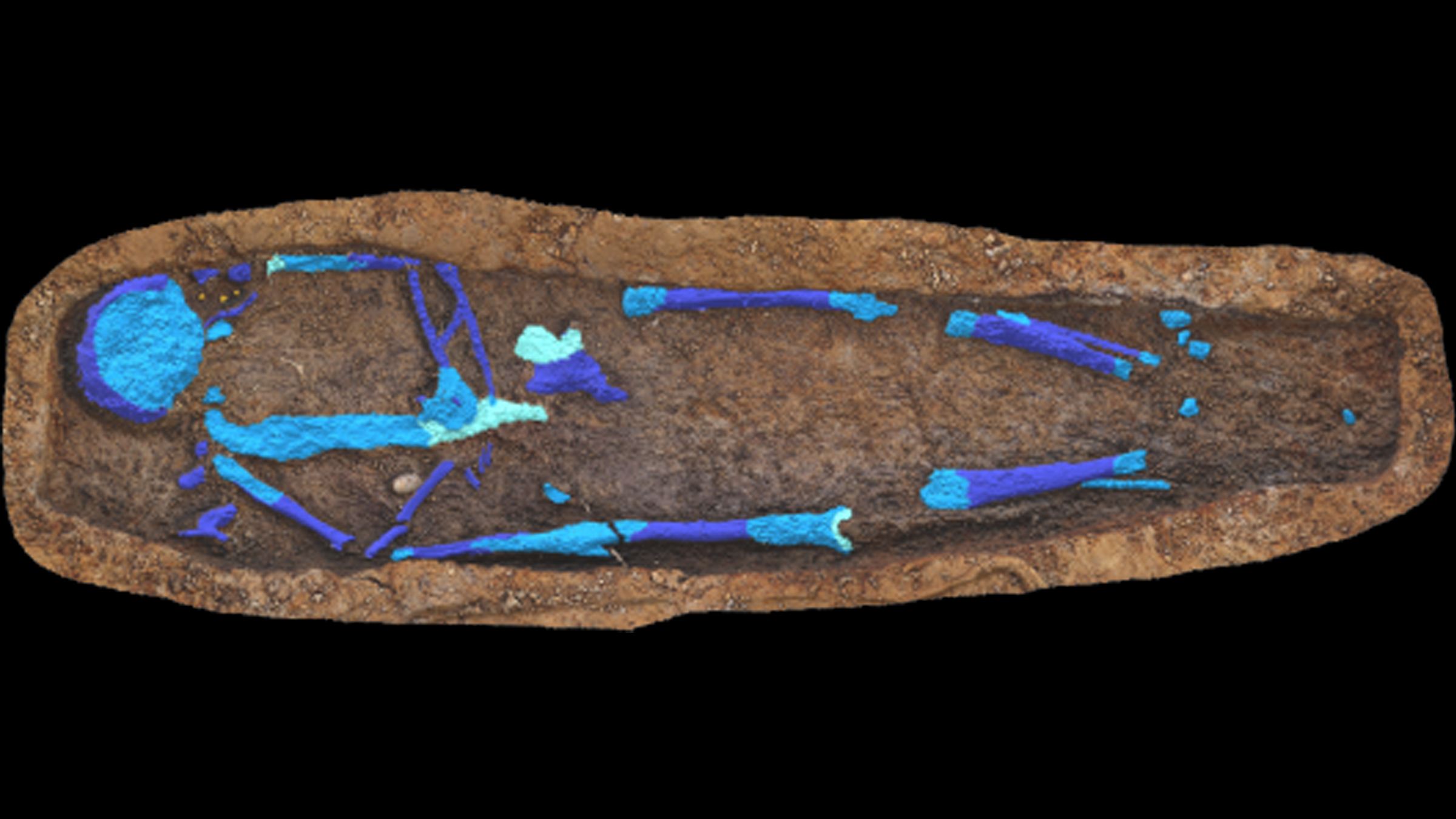Machines, Vol. 11, Pages 619: Neuro-Cognitive Locomotion with Dynamic Attention on Topological Structure
Machines doi: 10.3390/machines11060619
Authors: Azhar Aulia Saputra János Botzheim Naoyuki Kubota
This paper discusses a mechanism for integrating locomotion with cognition in robots. We demonstrate an attentional ability model that can dynamically change the focus of its perceptual area by integrating attention and perception to generate behavior. The proposed model considers both internal sensory information and also external sensory information. We also propose affordance detection that identifies different actions depending on the robot’s immediate possibilities. Attention is represented in a topological structure generated by a growing neural gas that uses 3D point-cloud data. When the robot faces an obstacle, the topological map density increases in the suspected obstacle area. From here, affordance information is processed directly into the behavior pattern generator, which comprises interconnections between motor and internal sensory neurons. The attention model increases the density associated with the suspected obstacle to produce a detailed representation of the obstacle. Then, the robot processes the cognitive information to enact a short-term adaptation to its locomotion by changing its swing pattern or movement plan. To test the effectiveness of the proposed model, it is implemented in a computer simulation and also in a medium-sized, four-legged robot. The experiments validate the advantages in three categories: (1) Development of attention model using topological structure, (2) Integration between attention and affordance in moving behavior, (3) Integration of exteroceptive sensory information to lower-level control of locomotion generator.

 10 months ago
25
10 months ago
25


